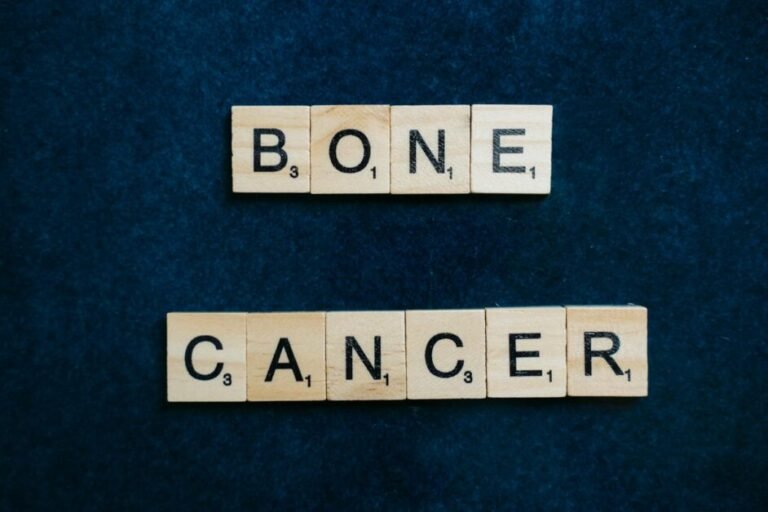Hello there! Have you ever marveled at how ancient civilizations dealt with health issues without all the gadgets and pharmaceuticals we have today? It’s truly incredible to consider that societies from every corner of the globe had their unique ways to harness nature and their surroundings to combat illness and promote wellness. In this article, we’ll delve deep into some of these ancient healing practices that have not only survived the test of time but are still thriving in our cutting-edge medical era.
The Historical Context and Philosophy Behind Ancient Healing Practices
To kick things off, let’s get a sense of the philosophy that drove these age-old healing techniques. Ancient medicine often approached health from a holistic standpoint, focusing on the entire person—body, mind, and spirit—rather than just attacking symptoms as many modern Western practices do.
Different Cultural Approaches to Health
Each ancient culture brought its own flavor to the medical table. The Chinese developed systems like acupuncture and herbal medicine based on the flow of Qi (energy) throughout the body. Over in India, Ayurveda focused on maintaining balance among the body’s three doshas (vital energies and bodily humors) to foster health.The Egyptians, meanwhile, integrated physical remedies with spiritual practices, reflecting their belief in the interconnectedness of health and the divine. The Greeks, led by figures like Hippocrates and Galen, emphasized the importance of dietary measures and balancing the body’s four humors.
Key Ancient Healing Practices Still Used Today
Many ancient practices not only survive in the modern era but are also supported by scientific research validating their benefits. Let’s explore some of these enduring methods.
Herbal Remedies
Herbs are the cornerstone of ancient pharmacology and continue to be a bridge between old and new healing practices. Plants like ginger, known for settling stomachs, and turmeric, praised for its anti-inflammatory properties, are backed by contemporary studies affirming their health benefits. It’s fascinating how these natural remedies have maintained their efficacy throughout centuries.
Acupuncture
This technique, where thin needles are inserted into the body at specific points, is an ancient Chinese practice that remains a staple in alternative medicine today. Modern research supports its use for various conditions, including chronic pain and migraines, illustrating how ancient practices can complement modern medical treatments.
Meditation and Mindfulness
Far from being new-age inventions, meditation and mindfulness have their roots deep in ancient traditions, particularly within Buddhism and Hinduism. These practices are celebrated today for their mental health benefits, aiding in stress reduction, anxiety management, and overall emotional well-being. It’s amazing how these age-old techniques have found a place in our fast-paced modern world.
Dietary Practices
The adage “You are what you eat” was taken quite literally in ancient medical systems. Ayurvedic medicine, for example, classifies foods according to their effects on the body’s doshas, while Traditional Chinese Medicine focuses on the energetic properties of foods to balance the body’s yin and yang. These practices are echoed in modern nutritional advice that emphasizes the importance of a balanced diet for maintaining health.
Massage and Body Manipulation Techniques
Massage techniques from ancient times were more than just relaxing luxuries; they were integral to maintaining health and treating disease. Techniques like reflexology, which involves applying pressure to specific points on the feet and hands, and Thai massage, which includes stretching and deep massage, were designed to improve circulation and relieve pain. These methods are widely used today in therapeutic settings to help manage various physical complaints.
Integrating Ancient Wisdom with Modern Medicine
The integration of ancient wisdom into modern healthcare is not without its challenges, but the potential benefits are immense. Many healthcare providers now recognize the value of combining traditional practices with modern medicine to provide a more holistic approach to health that respects both proven traditional methods and scientific advancements.
Case Studies and Success Stories
Across the globe, numerous individuals and healthcare professionals have shared success stories where ancient practices significantly improved patient outcomes. From chronic pain management to mental health interventions, the incorporation of techniques like acupuncture, herbal medicine, and meditation has often led to better patient satisfaction and enhanced well-being.
Limitations and Criticisms of Ancient Healing Methods
While the benefits are plentiful, it’s important to acknowledge that ancient healing methods are not without their limitations. Some practices may lack the scientific rigor necessary to meet modern medical standards, and not all ancient remedies are suitable for every condition—particularly serious diseases that require more aggressive modern medical interventions.
Conclusion
Diving into the world of ancient healing has opened up a fascinating dialogue between the past and present, revealing that our ancestors had a deep understanding of wellness that transcends the ages. As we continue to navigate the complexities of health and disease, the wisdom of ancient healers, supported by modern scientific research, offers a complementary path to better health that honors both tradition and innovation.Embracing these timeless practices may not only provide us with additional healing options but also deepen our understanding of health and wellness in a holistic and integrative way. Here’s to a healthier journey, guided by the wisdom of the ages and informed by contemporary science!




